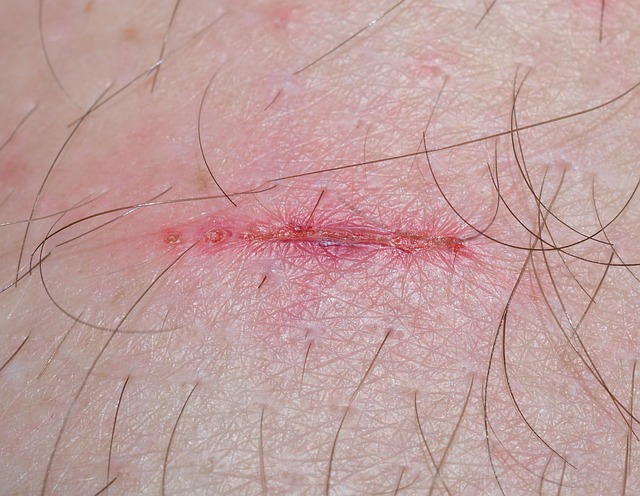Dog bite scarring varies from atrophic to hypertrophic/keloid, with contractures and pigment changes based on injury depth and healing. Long-term medical care options include dermabrasion, laser therapy, and surgical revision to minimize scarring's physical and emotional impacts. Non-invasive treatments like microdermabrasion stimulate collagen for improved scar appearance, relevant for compensation claims related to negligence or accidents.
Dog bites can leave victims with more than just physical injuries; severe scarring may result, requiring long-term medical care. This article explores the multifaceted issue of dog bite scarring, delving into its causes and various types. We present a range of care options for severe cases, from non-invasive treatments to advanced procedures. Understanding these alternatives is crucial for victims seeking effective management and improvement in their scarred areas.
- Understanding Dog Bite Scarring: Causes and Types
- Long-Term Care Options for Severe Scarring
- Non-Invasive Treatments and Their Efficacy
Understanding Dog Bite Scarring: Causes and Types

Dog bite scarring can result from various causes and take on many forms. These injuries often occur when a dog’s teeth break the skin, causing lacerations or puncture wounds. The severity of scarring can vary greatly depending on several factors. For instance, deeper bites that penetrate through multiple layers of skin are more likely to result in significant scarring compared to superficial ones. Additionally, individual healing responses differ; some people may develop minimal scarring while others might be left with noticeable marks.
Common types of dog bite scars include atrophic scars, which appear as depressed or indentations in the skin due to reduced collagen production, and hypertrophic or keloid scars, characterized by elevated, thick, and often discolored tissue growth. Other forms include contractures, where surrounding tissues tighten, causing limited movement, and pigmentary changes resulting from increased or decreased skin pigmentation. Understanding these types of scarring is crucial for victims seeking long-term medical care, potentially involving treatments like dermabrasion, laser therapy, or surgical revision, as recommended by a qualified personal injury attorney or skin specialist, to address the physical and emotional impact of dog bite injuries.
Long-Term Care Options for Severe Scarring

For victims of severe dog bite scarring, long-term medical care is essential to restore appearance and confidence. Beyond immediate treatment for infection and wound management, specialized options exist to address extensive scarring. One avenue is reconstructive surgery, which aims to minimize visible damage by redistributing skin, fat, and muscle to cover scars. This approach can be highly effective but may require multiple procedures over time.
Alternative methods include topical treatments with drugs like corticosteroids or immune modulators to reduce scar formation and improve skin elasticity. Laser therapy is another promising option, using targeted light energy to break down scar tissue and promote new, healthier skin growth. These long-term care options cater specifically to the unique needs of dog bite scarring victims, offering them opportunities to heal not just physically, but also to regain a sense of normalcy and self-assurance.
Non-Invasive Treatments and Their Efficacy

Non-invasive treatments have emerged as a gentle yet effective approach to addressing dog bite scarring. These methods offer a less traumatic alternative to surgical interventions, appealing to those seeking long-term medical care options. Techniques such as dermabrasion and microdermabrasion gently exfoliate the skin, reducing the appearance of scars by smoothing out the surface texture. Laser therapy is another popular choice, using concentrated light energy to stimulate collagen production and enhance scar healing.
While non-invasive treatments can significantly improve the aesthetic appeal of dog bite scarring, it’s important to note that results may vary from person to person. Factors like the severity of the initial injury, skin type, and age at the time of treatment can influence outcomes. Despite these considerations, many patients report satisfaction with the reduced visibility of scars after undergoing these procedures, which is particularly relevant for those dealing with scarring from slip and fall accidents or incidents involving caregiver negligence, where accident compensation might be pursued.
Dog bite scarring can have significant long-term effects, but understanding the options available is crucial. By exploring non-invasive treatments and considering severe scarring care plans, victims can achieve improved appearances and enhanced confidence. Whether through clinical interventions or aesthetic procedures, there’s a path forward to heal both body and mind post-dog bite incidents. Remember, seeking professional advice tailored to individual needs is key in navigating the options for dog bite scarring treatment.






